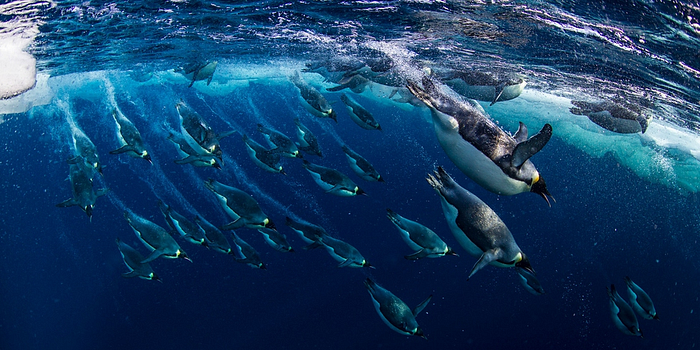Aquatic Aerialists: The Unique Evolution of Penguins
Written on
Chapter 1: The Evolutionary Shift of Penguins
Penguins have effectively adapted to "fly" in water, a medium that is approximately 8,000 times denser than air. While these remarkable birds possess pectoral muscles comparable in size to those of flying birds, their wings have become so diminutive that they are useless for aerial flight.
This paragraph will result in an indented block of text, typically used for quoting other text.
Section 1.1: Adaptations for Underwater Hunting
The evolutionary journey that led to these adaptations centers around the penguins' ability to find food more efficiently than other avian species. Several birds have evolved to catch their meals beneath the water's surface. Notable examples include excellent fliers such as gulls, albatrosses, and pelicans, which possess long wings well-suited for aerial maneuvering. However, they struggle to swim effectively underwater; prey that dives just 50 centimeters can often escape.
Subsection 1.1.1: The Dual Adaptation of Other Birds
Some avian species have become semi-aquatic, such as cormorants, guillemots, and sea magpies. These birds utilize their wings for flying and their legs for swimming, necessitating two powerful sets of muscles—one for each mode of movement.
Section 1.2: The Radical Path of Penguin Evolution
In contrast, penguins have taken a more extreme evolutionary route. They have forfeited the ability to fly in the air, instead specializing in "underwater flight." Their wings have transformed into smaller, stiffer appendages that function like fins, and the muscle groups typically used for flying in other birds are now dedicated to swimming.
Chapter 2: Masterful Underwater Hunters

Penguins are exceptional hunters in the aquatic realm, capable of diving to depths of up to 500 meters and remaining submerged for as long as 20 minutes. This remarkable ability is unmatched by any other bird species, although it has come at the cost of their ability to soar through the skies.